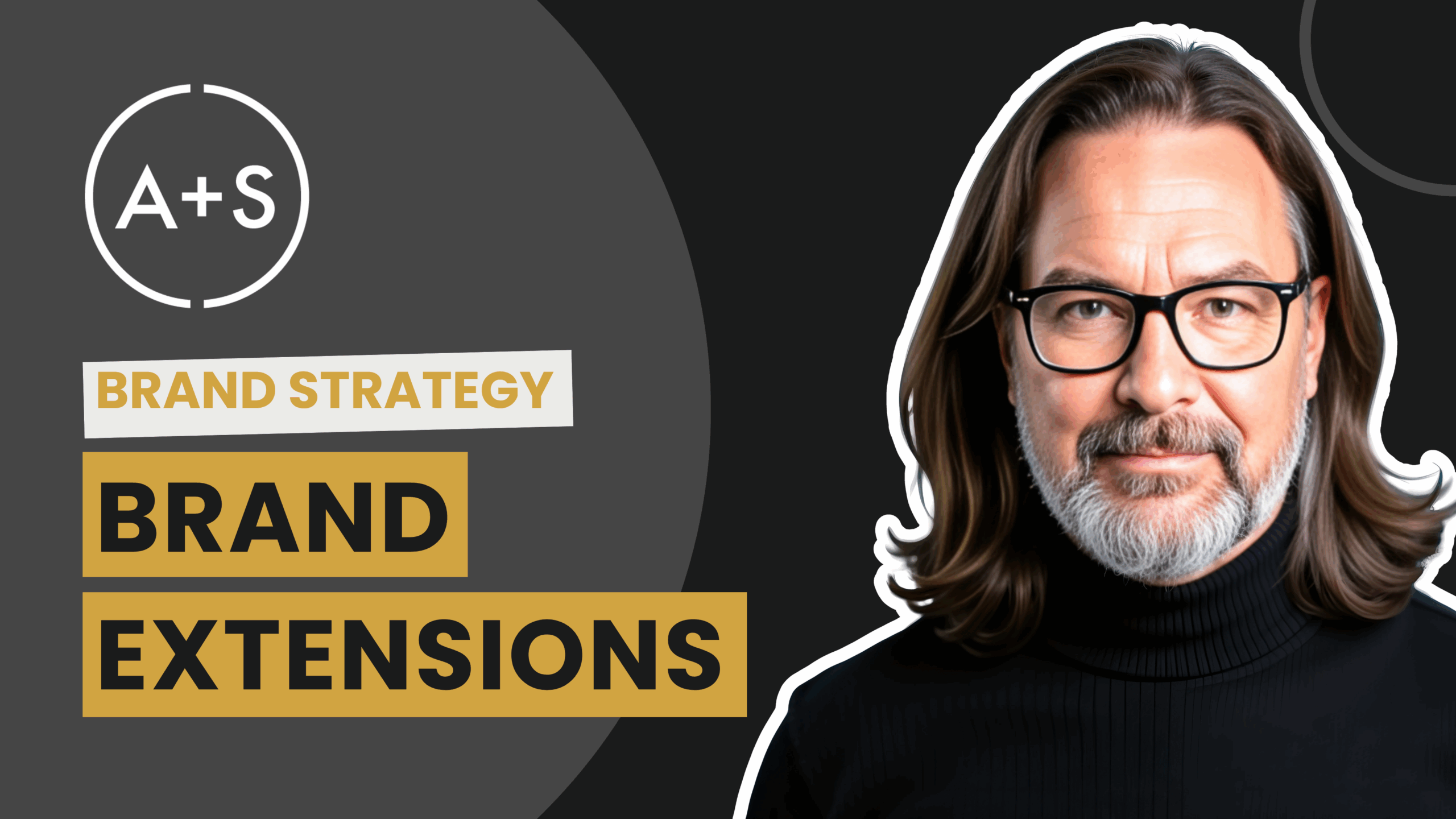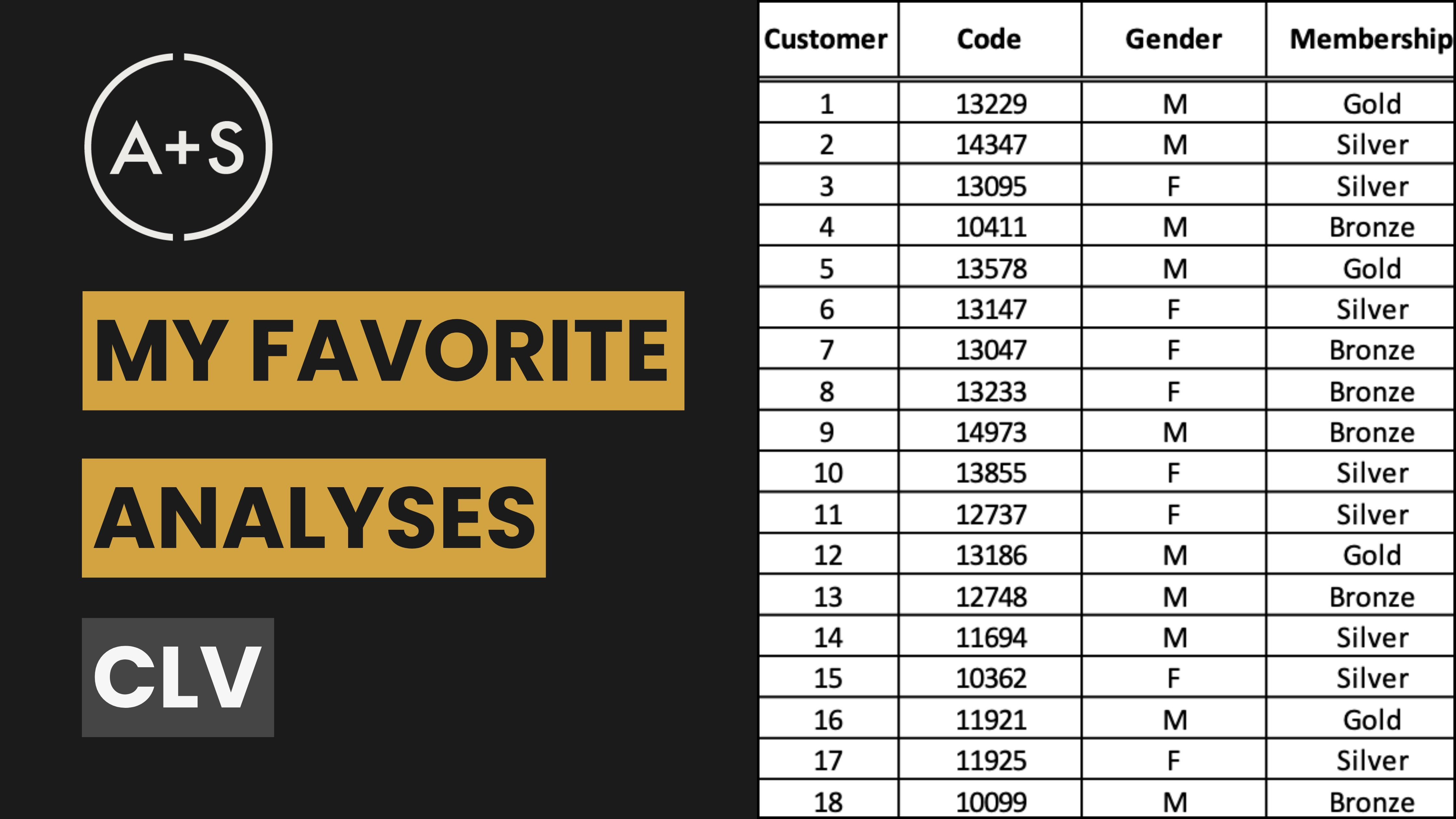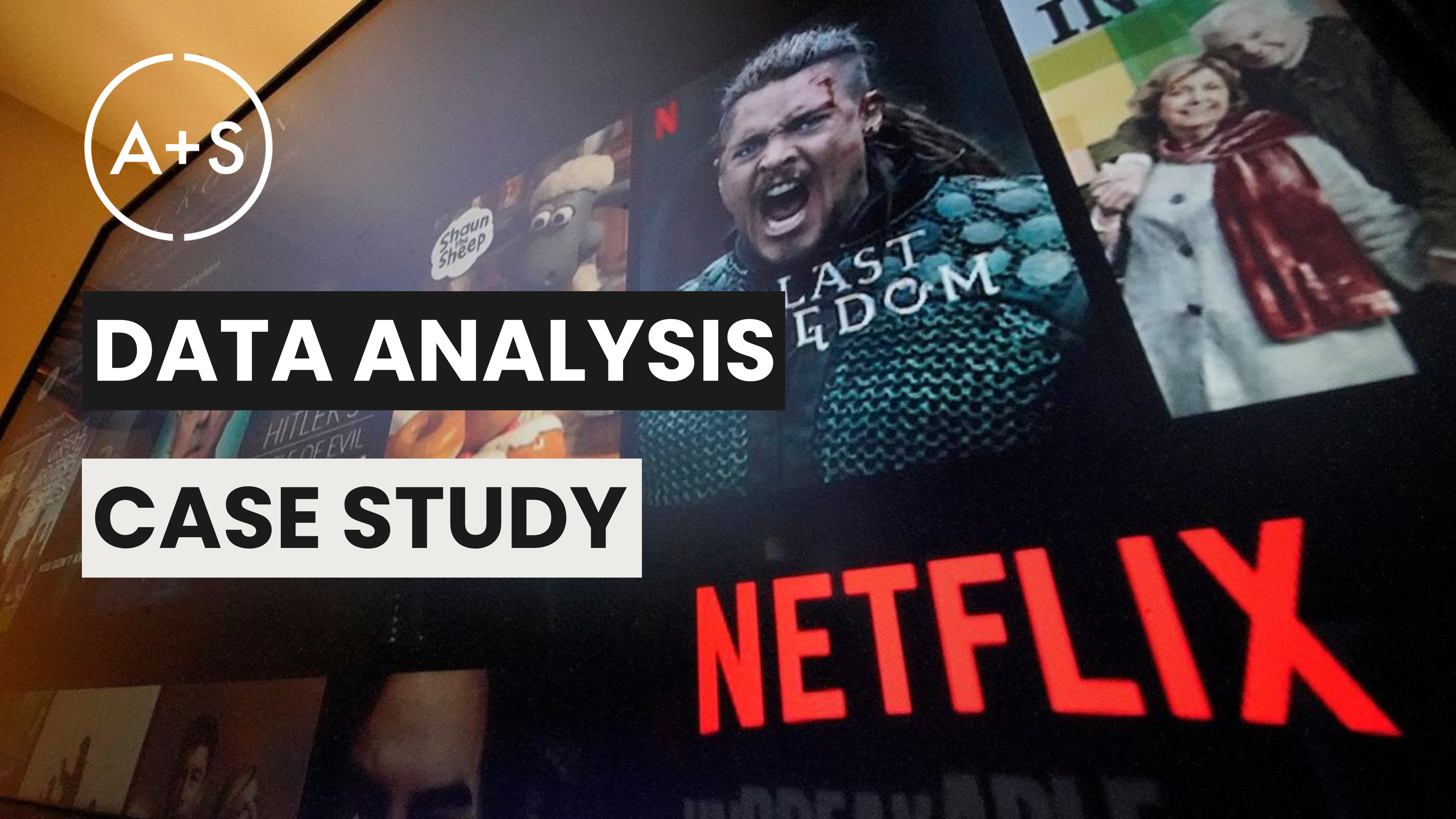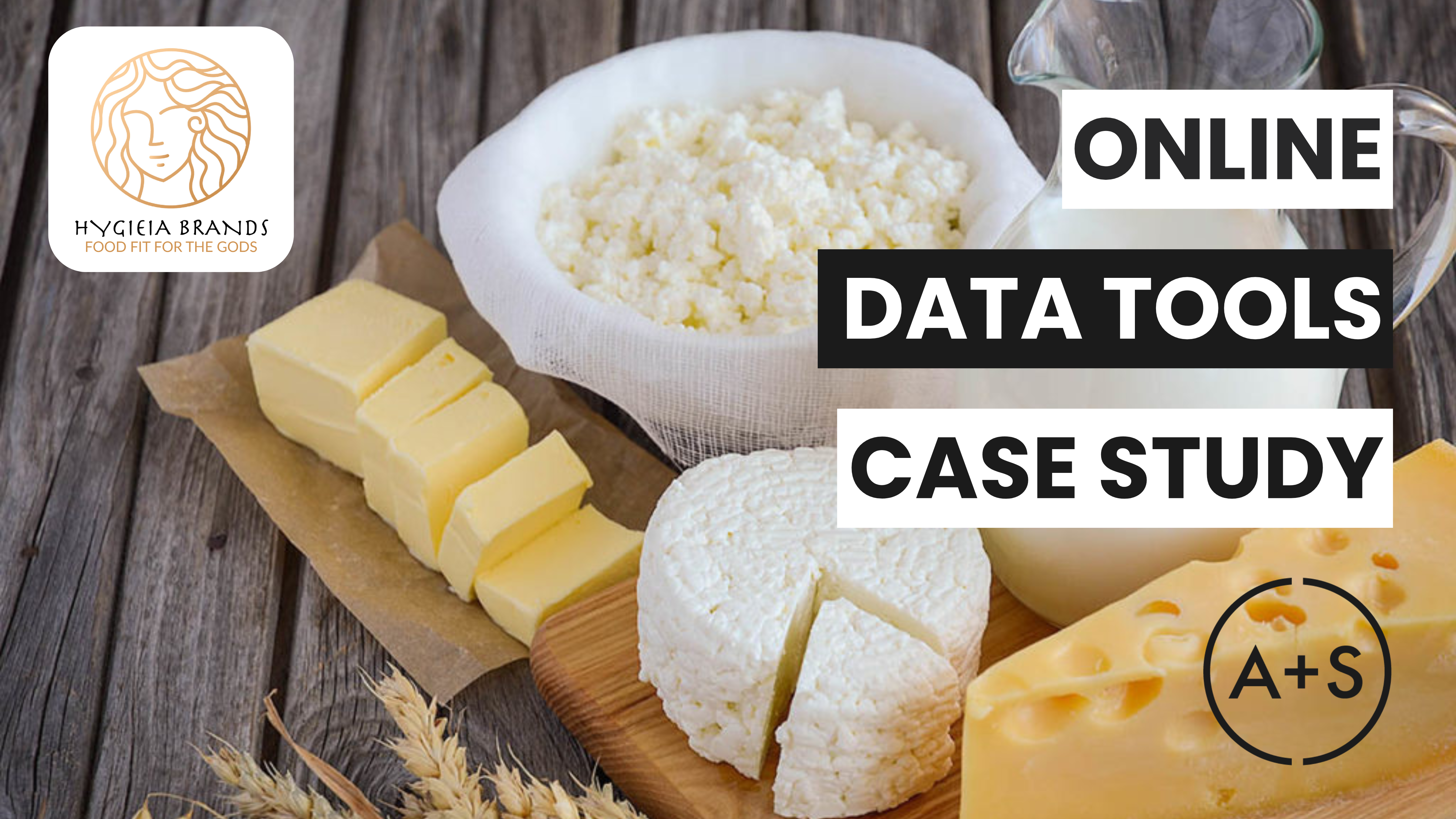In the relentless pursuit of growth, the siren song of the brand extension is hard to ignore. Leveraging your hard-won brand equity to launch new offerings seems like the smartest play in the book.
But not all growth is good growth.
A successful brand extension isn’t just a good idea; it’s an idea that survives a rigorous, unsentimental interrogation. It’s about channeling ambition through a disciplined framework that separates fleeting opportunities from franchise-building strategies.
Success hinges on mastering three core principles. Before you stretch your brand, you must answer three questions with data-backed confidence:
- Is it differentiated enough to stand out?
- Is it relevant enough for anyone to care?
- Is it sustainable enough to last?
This week, we’re replacing the laundry list of extension tactics with this powerful three-part litmus test. This is the framework that separates lasting success from costly missteps.
1. Differentiation: Are You Genuinely Unique?
Differentiation is not about a new flavor or a minor feature. It’s about offering something truly distinct that competitors struggle to replicate. A “me-too” product draped in a familiar logo is a recipe for margin erosion and mediocrity. True differentiation creates its own space.
Consider these masters of differentiation:
- Apple: When Apple launched the iPod, the market was already full of MP3 players. Apple differentiated not just on elegant hardware, but on a superior, seamless user experience via the iTunes ecosystem. They repeated the play with the iPhone, transforming the smartphone category.
- Dove: Extending from its core soap, Dove’s key was its “moisturizer” promise, backed by visible innovation like body wash with Nutrium. Each new product was demonstrably different, providing fresh energy that was so powerful, it doubled the sales of the original bar soap.
- Dyson: Dyson entered the crowded vacuum cleaner market with a genuinely different technology (cyclonic separation) and a radical design. This clear, performance-based differentiation allowed them to command a premium price and redefine the category.
Without a clear, compelling point of difference, a brand extension is simply a request for market share, not a reason for customers to switch.
2. Relevance: Does Anyone Actually Care?
Differentiation is meaningless if it isn’t relevant to a real consumer need. The market is a graveyard of unique products nobody wanted. Relevance ensures your unique offering solves a problem or fulfills a desire for a significant audience. This is where brand promise meets market demand.
These brands found relevance in spades:
- Kashi: Kashi’s brand promise was natural, superior nutrition. When it extended from cereal to snack bars and waffles, it ensured each new product was demonstrably the healthiest entry in its category, making its differentiation highly relevant to a growing segment of health-conscious consumers.
- Arm & Hammer: A masterclass in relevance. They leveraged their core brand attribute (deodorizing) from baking soda into highly relevant new categories where consumers actively sought that benefit: toothpaste, cat litter, and laundry detergent.
- Marriott: Recognizing that “a hotel stay” meant different things to different travelers, Marriott extended its brand vertically. By creating Courtyard for business travelers and JW Marriott for luxury seekers, they made their core hospitality brand relevant to the specific needs of distinct market segments.
If your differentiation doesn’t solve a problem people care about, you don’t have a business strategy; you have a science project.
3. Sustainability: Can You Defend Your Position?
You’ve created something different and relevant. Congratulations—you now have a target on your back. The final key to success is sustainability: building a competitive moat that protects your position over the long term. This is what turns a successful product launch into an enduring brand asset.
Look at these sustainable moats:
- General Electric: GE extended into the jet engine business by leveraging its deep, defensible technological credibility in turbine technology. This expert reputation was a moat that could not be easily replicated by competitors.
- Amazon: Amazon extended from e-commerce into cloud computing with Amazon Web Services (AWS). Its sustainable moat is now built on massive scale, technological leadership, and powerful network effects that grow stronger with each new customer.
- Disney: Disney built the ultimate sustainable model. After extending from animation to theme parks, it created a synergistic flywheel. The parks promote the movies, the movies supply characters for the parks, and the brand’s immense equity lends inherent trust to every new venture, from cruise ships to hotels. This ecosystem is nearly impossible to challenge.
A defensible moat—whether built on technology, brand trust, or a synergistic ecosystem—is the only way to ensure the value you create accrues to you.
The Analyst’s Mandate: Proving the Case
Your role as an analyst is to be the guardian of this framework. You must pressure-test every assumption and force the conversation from “What if we…” to “Can we prove that…”
Your playbook is to find the data that validates each principle:
- Prove Differentiation: Move beyond feature lists. Use competitive intelligence and conjoint analysis to identify true “white space” and find your brand’s “Dyson moment.”
- Prove Relevance: Don’t rely on intuition. Use market research and customer segmentation data to confirm genuine demand, ensuring you’re building the next Arm & Hammer cat litter, not the next failed novelty.
- Prove Sustainability: Go beyond revenue forecasts. Use financial modeling to assess long-term profitability and brand-tracking studies to measure the extension’s impact on parent brand equity, building an ecosystem as defensible as Disney’s.
This structured, data-driven approach empowers you to guide brand decisions with confidence, transforming you from a data reporter into a core strategic partner.
Final Thought: Stretch with Purpose, Backed by Proof
Brand extensions are a powerful engine for growth, but only when executed with discipline. By filtering every idea through the unforgiving tests of differentiation, relevance, and sustainability, you replace hopeful bets with strategic certainty.
As an analyst, your mandate is clear:
- Does this extension make us meaningfully different?
- Is that difference relevant to a market that will pay for it?
- Is our advantage sustainable enough to win in the long run?
Asking these tough questions helps avoid the pitfalls—and as we’ll explore in our next newsletter, there can be some truly memorable (and downright crazy!) brand extension missteps when things go wrong.
For now, remember: smart brands extend with intention. And smart analysts ensure that intention is grounded in proof.
Until next time, Keep Analyzing!




